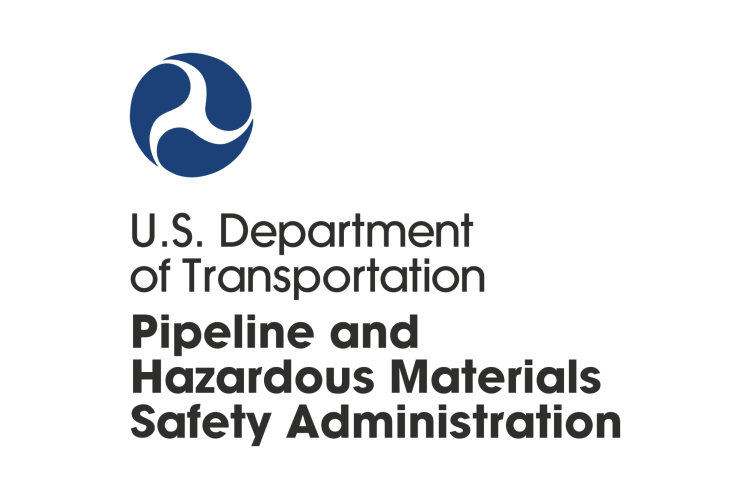US Regulator Orders TC Energy to Reduce Pressure on Keystone Pipeline after Massive Spill

The Pipeline and Hazardous Materials Safety Administration (PHMSA) has ordered Canadian pipeline operator TC Energy to reduce the operating pressure on more than 1,000 additional miles of its Keystone pipeline.
The pipeline spilled about 13,000 barrels of oil in rural Kansas in December, causing the biggest US oil spill in nine years. However, the company completed a controlled restart on December 29, 2022, returning it online after a 21-day outage.
According to a Reuters report published on Tuesday, March 7, the amended corrective action order requires TC Energy to keep the operating pressure on the affected pipeline segment under the previously agreed-upon limit of 923 pounds per square gauge (psig).
The PHMSA’s order also directed TC Energy to ensure the operating pressure on the rest of the pipeline extension from Steele City, Nebraska, to the Cushing storage hub and on the entire 1,025-mile main line from the Canadian border to refineries in Illinois do not exceed 72% of the specified minimum yield strength.
The new order effectively suspends the special permit that PHMSA issued to TC Energy in 2007, allowing the pipeline to operate at a stress level of 80% of its SMYS, and the order requires TC Energy to review the pressure restriction monthly.
The PHMSA said that it issued the order without a hearing, considering various factors that include “the increasing severity of spills in recent years” and “the possibility of future failures” while its investigation into the cause of the December spill was ongoing.
TC Energy has stated that it is reviewing the PHMSA order and will comply. In addition the company assured that the oil flow will not change due to the pressure cut.
The Canadian company said last month that a combination of factors, including bending stress on the pipe and a weld flaw, might have led to the Keystone oil spill. It expects $480 million in costs related to the incident.
